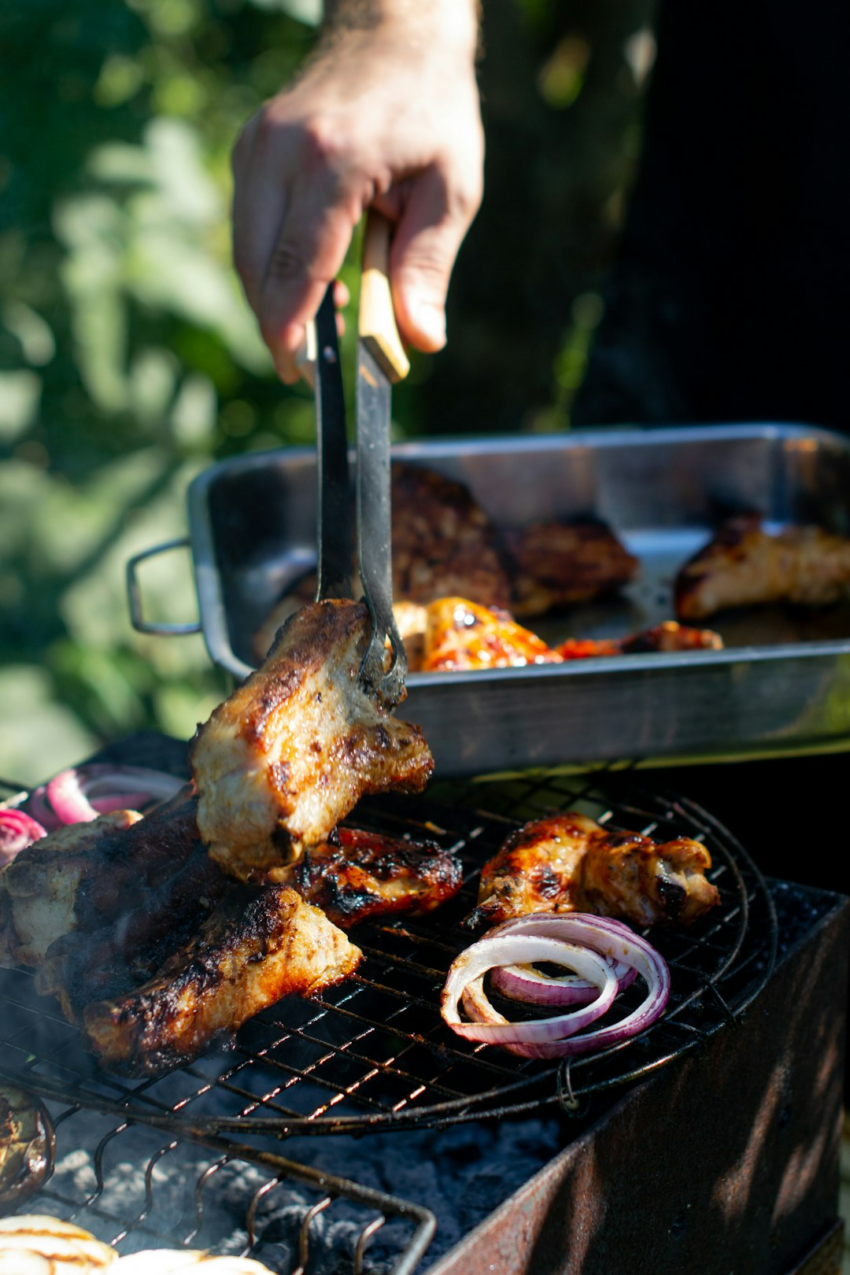Crafting a perfect BBQ jerky starts with choosing lean cuts of meat and proper preparation. Balancing spices and marinades, followed by dehydration at 145°F/63°C, ensures a tender, flavorful, and chewy texture. Slice meat thinly (1/4 inch), package in airtight containers to preserve freshness, and enjoy a delicious BBQ jerky recipe.
“Unleash your inner BBQ master with the ultimate guide to crafting perfect jerky. Achieving that coveted tender, flavorful texture is an art, and this article is your secret weapon. From choosing the finest cuts of meat to mastering marinades and understanding dehydration techniques, we’ll walk you through each step. Learn how to cut and package like a pro for consistent quality. Discover the secrets to creating an exceptional BBQ jerky recipe that will have your taste buds dancing.”
- Select Top-Quality Meat for Jerky
- Master the Marinade and Seasoning Blend
- Understand the Dehydration Process Crucially
- Achieve Optimal Cutting and Packaging Techniques
Select Top-Quality Meat for Jerky
When crafting the perfect BBQ jerky, starting with top-quality meat is paramount. Opt for lean cuts like beef round or sirloin, as they produce a tender and flavorful jerky. These cuts have less fat content, ensuring your jerky stays crisp and doesn’t become greasy. The quality of your meat will significantly impact the final texture and taste, so investing in fresh, high-grade ingredients is essential for an exceptional BBQ jerky recipe.
Choosing the right meat is just the first step; proper preparation and marination techniques also play a vital role. A good BBQ jerky recipe involves a balanced blend of spices and marinades to penetrate the meat, enhancing its flavor and tenderness. This process not only elevates the taste but also helps break down connective tissues, contributing to that desirable, satisfying crunch in every bite.
Master the Marinade and Seasoning Blend
To achieve the perfect BBQ jerky texture, mastering your marinade and seasoning blend is crucial. A good BBQ jerky recipe starts with a balanced combination of sweet, savory, and tangy flavors that penetrate the meat thoroughly. Experiment with different liquids like soy sauce, apple cider vinegar, or broth to create a base for your marinade. Add in garlic, onions, spices such as paprika, black pepper, chili powder, and brown sugar to enhance the taste. The right balance of acidity and sweetness not only improves the flavor but also helps tenderize the meat.
When preparing jerky, remember that less is often more. Over-marinating can lead to a mushy texture, so aim for a marinade time between 8 to 12 hours. After marinating, pat the meat dry before moving on to the next step. This removes excess liquid, ensuring your BBQ jerky turns out crispy and not soggy. Seasoning is also key; sprinkle generously with salt and pepper, then apply your favorite BBQ rub for a rich, smoky flavor.
Understand the Dehydration Process Crucially
The dehydration process is a key step in achieving the perfect BBQ jerky texture. In a BBQ jerky recipe, this involves slowly removing moisture from raw meat to create a lean, chewy, and flavorful snack. Understanding this process is crucial because it determines how tender and crispy your final product will be. During dehydration, proteins in the meat contract as water evaporates, leading to that desirable jerky texture.
Controlling temperature and airflow is essential for successful dehydration. Typically, jerky is dried at low temperatures—around 145°F (63°C)—to preserve flavor and nutrients while ensuring even drying. Proper airflow ensures that moisture is removed consistently across the entire piece of meat, resulting in a uniform texture. This careful management of time and temperature allows you to transform raw ingredients into a delectable BBQ jerky recipe that satisfies your cravings.
Achieve Optimal Cutting and Packaging Techniques
Achieving the perfect BBQ jerky starts with careful preparation. When crafting your BBQ jerky recipe, focus on cutting meat into thin, even slices. This ensures consistent cooking and minimizes over-drying. Use a sharp knife or a specialized jerky cutter to maintain uniform thickness, typically around 1/4 inch (6 mm). After cutting, consider the packaging method as crucial for texture retention. Airtight containers or vacuum seal bags are ideal to preserve moisture content and prevent oxidation, keeping your jerky tender and flavorful.
